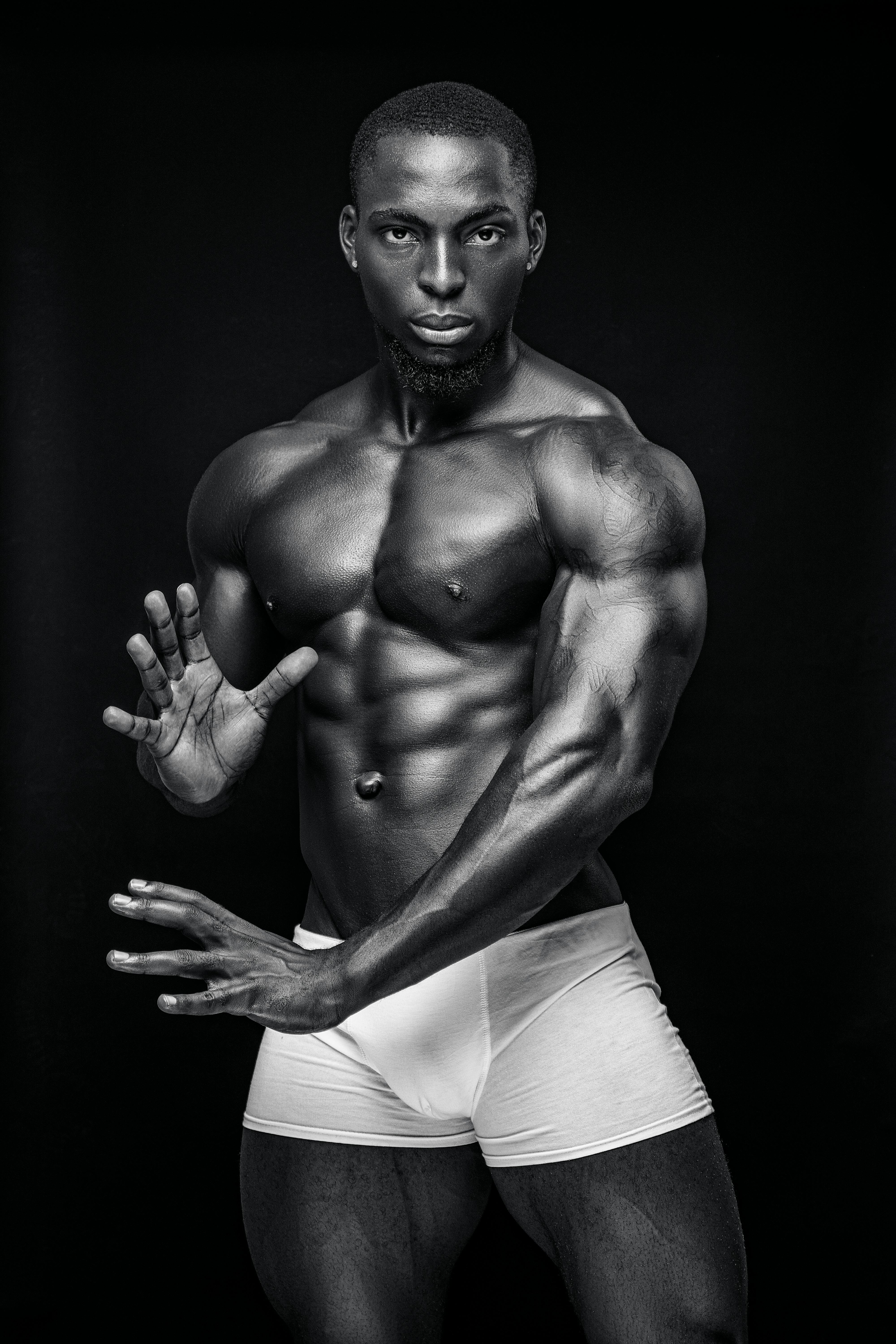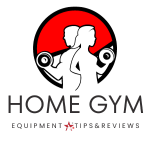In this article, I will discuss the effectiveness of using the gym seated row machine for workouts. This particular machine, found in many modern gyms, offers a variety of benefits and is a valuable addition to any fitness routine. By examining costs, comparing it to other gym machines, and highlighting its unique features, I will provide a comprehensive overview of why the gym seated row machine is an effective choice for achieving fitness goals.
Benefits of the Gym Seated Row Machine

Improved Posture
One of the key benefits of using the gym seated row machine is improved posture. This exercise specifically targets the muscles of the upper back, shoulders, and core, all of which play a vital role in maintaining proper posture. As I perform the seated row exercise, I engage these muscles, which helps to strengthen them and promote better alignment of the spine. With regular use of the row machine, I have noticed a significant improvement in my overall posture, leading to reduced back pain and increased confidence in my daily activities.
Targeted Muscle Groups
The gym seated row machine is renowned for its ability to target several key muscle groups simultaneously. The primary muscles worked during this exercise are the latissimus dorsi, or the lats, which are the large muscles that give width to the back. Additionally, the row machine engages the muscles of the middle back, such as the rhomboids and the rear deltoids, while also activating the biceps and forearms as secondary muscles. This comprehensive engagement of multiple muscle groups makes the seated row machine a highly effective choice for those looking to build strength and improve muscular development in the upper body.
Versatility
Another advantage of the gym seated row machine is its versatility. With a wide range of possible grip variations and attachments, I can vary my hand placement and the way I grip the handles to target different muscle groups. For example, using a wide grip emphasizes the lats, while a narrow grip places more emphasis on the middle back muscles. Similarly, by swapping out the standard handle attachment for a V-bar attachment, I can further isolate the muscles of the middle back and biceps. This versatility allows for endless exercise variations, providing me with the flexibility to continually challenge and engage different areas of my upper body.
Proper Technique for Using the Gym Seated Row Machine

Adjusting the Seat and Footrest
Before beginning the seated row exercise, it is crucial to ensure that the seat and footrest are properly adjusted to accommodate my body’s dimensions. First, I adjust the seat height so that when seated, my feet can comfortably reach the footrest with a slight bend in the knees. This ensures that I am in a stable position throughout the exercise. Next, the footrest itself should be positioned in a way that allows for a strong pushing motion with the legs while keeping the torso upright. By adjusting both the seat and footrest correctly, I can maintain proper form and maximize the effectiveness of the seated row machine.
Grip and Hand Placement
The next important step in executing the seated row exercise with correct technique is establishing the proper grip and hand placement. I begin by selecting the appropriate attachment for the row machine handle, depending on the specific muscles I wish to target. Once I have chosen the attachment, I firmly grasp the handles with an overhand grip, keeping my wrists aligned with my forearms. This grip helps to engage the muscles of the upper back and biceps more effectively. By maintaining a secure and aligned grip, I can ensure that the force generated during the exercise is efficiently transferred to the targeted muscle groups.
Maintaining Proper Form
Proper form is crucial when using the gym seated row machine to avoid injuries and maximize the benefits of the exercise. To maintain proper form, I start by sitting upright with my chest lifted and my shoulders pulled back. Throughout the exercise, I focus on keeping my spine neutral and avoiding rounding or excessively arching my back. As I initiate the rowing motion, I pull the handles towards my torso, squeezing my shoulder blades together and engaging the muscles of my upper back. It is essential to avoid using excessive momentum and swinging the body during the exercise, as this can diminish the efficacy of the workout and increase the risk of injury.

Breathing Technique
Proper breathing technique is often overlooked but plays a vital role in executing the seated row exercise effectively. It is crucial to exhale during the exertion phase of the rowing motion, which is when I am pulling the handles towards my body. This exhale aids in bracing the core, maintaining stability, and generating power during the exercise. Conversely, I inhale during the return phase when I am extending my arms and returning to the starting position. This controlled breathing pattern helps to maintain a consistent tempo and allows for optimal oxygen flow to the working muscles.
Workout Routine for the Gym Seated Row Machine
Warm-Up Exercises
Before diving into a workout using the gym seated row machine, it is essential to perform a proper warm-up to prepare the muscles and joints for the upcoming exercise. Dynamic stretches, such as arm circles, shoulder rolls, and torso twists, can help loosen up the upper body and increase blood flow to the muscles. Additionally, performing a few light sets of rows with lower weight or resistance can further warm up the muscles specific to the rowing motion and improve overall performance during the workout.
Beginner Routine
For beginners, it is advisable to start with lighter weights and focus on mastering the proper technique and form of the seated row exercise. A recommended beginner routine using the gym seated row machine could consist of three sets of 10-12 repetitions with a moderate weight. This weight should be challenging but manageable, allowing for proper execution of the exercise while still providing a stimulus for muscle growth and strength development. It is essential to rest for 60-90 seconds between sets to allow for adequate recovery.
Intermediate Routine
Once comfortable with the exercise and able to execute it with proper form, an intermediate routine can be implemented to further challenge the muscles and promote continued progress. An intermediate routine could consist of three to four sets of 8-10 repetitions with a heavier weight. This increased resistance helps to build strength and muscle definition. To continue seeing improvements, it is advisable to increase the weight gradually over time while maintaining proper technique. Rest periods between sets can be reduced to 45-60 seconds to increase the intensity of the workout.
Advanced Routine
For those at an advanced fitness level, an advanced routine using the gym seated row machine can provide the ultimate challenge and significantly enhance upper body strength and muscle development. An advanced routine may consist of four to five sets of 6-8 repetitions with a heavy load that requires maximum effort to complete. The increased resistance and lower rep range encourage muscle hypertrophy and strength gains. To optimize recovery and performance, shorter rest periods of 30-45 seconds can be implemented between sets.
Additional Tips for Effective Workouts
Progressive Overload
Regardless of the workout routine chosen, incorporating progressive overload is essential for continued progress and improvement. Progressive overload involves gradually increasing the demands placed on the muscles, either by increasing the weight lifted, the number of repetitions performed, or both. By progressively overloading the muscles, I provide them with a stimulus that encourages adaptation and growth. This principle applies to using the gym seated row machine as well. Regularly monitoring and adjusting the resistance and repetitions will ensure ongoing development and prevent plateauing.
Varying Grip and Attachment
To keep workouts challenging and engaging, varying the grip and attachment used on the gym seated row machine is highly beneficial. By changing the grip width, such as using a wide or narrow grip, I can target different areas of the back and arms. Similarly, swapping out the attachment for a V-bar or a rope handle can introduce new angles and activate different muscle groups, providing a stimulus for further growth and development. Experimenting with different grip options not only adds variety to workouts but also helps prevent overuse injuries.
Tracking and Monitoring Progress
To gauge progress and ensure continued improvement, it is essential to track and monitor workout performance on the gym seated row machine. Keeping a workout log can provide valuable insights into weight lifted, repetitions performed, and any variations in grip or attachment used. This data allows for a clear comparison over time and helps identify areas for adjustment or improvement. By consistently challenging myself to increase weights or perform extra repetitions, I can confidently track progress and ensure that I am consistently pushing my limits to optimize results.
Seeking Professional Guidance
While the gym seated row machine can be highly beneficial, seeking professional guidance, such as a certified personal trainer, can provide valuable expertise and support. A trainer can ensure that I am using the machine correctly and effectively, minimizing the risk of injury and maximizing the benefits of the exercise. They can also help tailor a workout routine specific to my goals and fitness level. Furthermore, a trainer can provide proper guidance on form, technique, and execution, ensuring that I am making the most of my time and effort spent on the gym seated row machine.
